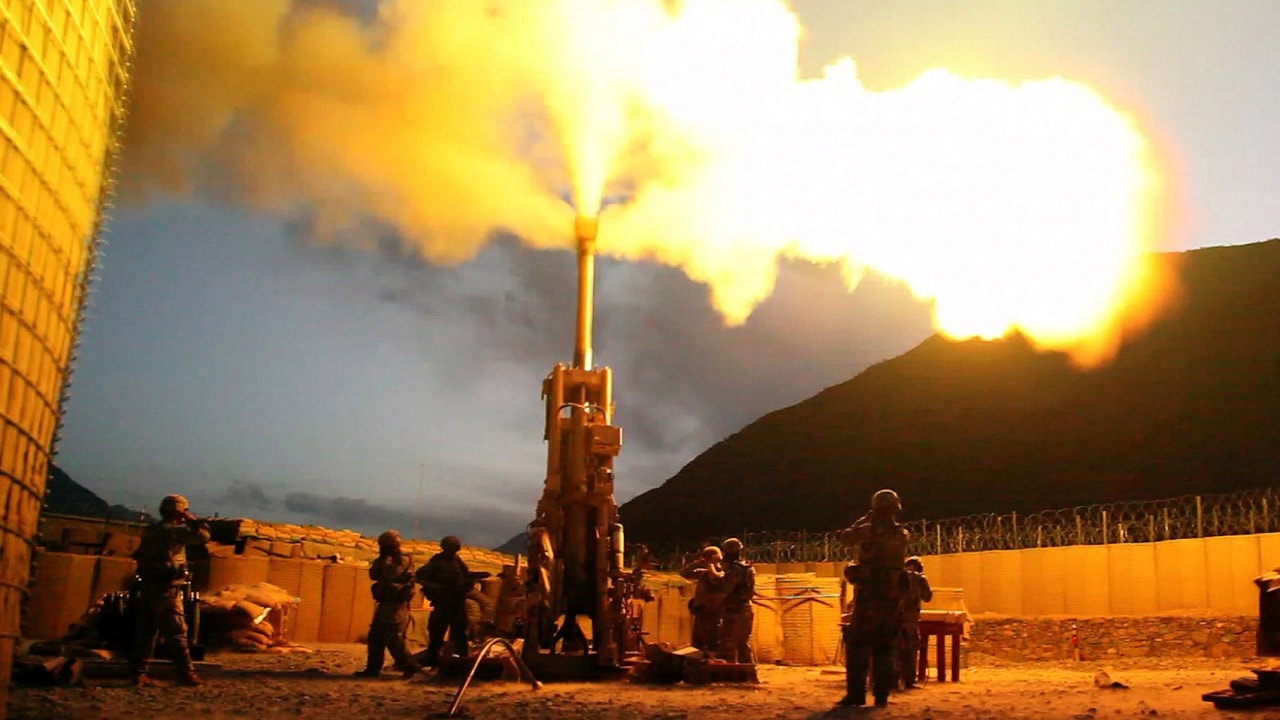Moscow is relying heavily on its arsenal of lethal kamikaze drones to slow Ukraine’s counteroffensive. Since last fall, Russia has purchased hundreds of combat unmanned aerial vehicles from its rogue ally Iran.
Both Moscow and Kyiv have used a variety of foreign drones to pursue their war efforts, and the recent surge in kamikaze UAV use shows the weapon has become a preferred tool for Russian forces.
In fact, Moscow’s arsenal of killer drones may be some of the most advanced weapons the country has access to at this point.
Ukrainian forces are leaning on deliveries of advanced main battle tanks, like the German Leopard 2, and on American Bradley infantry fighting vehicles to recapture territories. Unable to match Kyiv’s more modern fleet, Moscow depends on the cheap, effective killer drones it knows it can easily acquire from Iran.
What Are Kamikaze Drones and How Are They Used in Ukraine?
An expert on Russian uncrewed systems told Forbes that “Russian Telegram channels report that the Airborne Forces are using FPV [First Person View] drones to counter Ukrainian military,” adding that “even if this is part of official propaganda, there was a massive push recently by Russian soldiers and volunteers to train on and adapt FPV drones for combat.”
First Person View kamikaze drones are smaller in frame than other UAVs such as the American Phoenix Ghost. Despite their small size, however, FPV drones have similar effects. These munitions loiter around a target for extended periods of time before detonating on impact upon firing. Something of a cross between cruise missiles and unmanned combat aerial vehicles, loitering drones — also known as killer, kamikaze, or suicide drones — are considered a nontraditional ranged weapon. The use of killer drones in combat was popularized during the 2021 Nagorno-Karabakh flare-up.
Which Iranian Drones Does Russia Possess?
Russia began procuring Iran-made killer drones the Shahed-136 last summer. At first Tehran denied providing these combat UAVs to support Moscow’s advance, but the regime ultimately admitted to the sale. The Shahed family of drones gave Russian forces the long-range strike capabilities it had been missing. Powered by a Chinese-made MD550 engine, the Shahed-136 has a range of a few thousand kilometers. Equipped with explosives in a warhead on its nose, this Iranian drone has proven to be a lethal component of Moscow’s war strategy in Ukraine.
For months, Moscow has used its arsenal of killer drones to launch attacks targeting critical infrastructure in Ukraine, in addition to barrages aimed at military assets and personnel. Over the last month, Russian forces have launched dozens of UAV attacks, often in the middle of the night, that have impacted civilian populations.
Ukrainian President Volodymyr Zelensky explained last October how, “All night and all morning, the enemy terrorizes the civilian population. Kamikaze drones and missiles are attacking all of Ukraine.”
Since killer UAVs are easy to operate and very inexpensive, Moscow will likely continue to lean on its kamikaze drone arsenal to thwart Kyiv’s counteroffensive.
Maya Carlin, a Senior Editor for 19FortyFive, is an analyst with the Center for Security Policy and a former Anna Sobol Levy Fellow at IDC Herzliya in Israel. She has by-lines in many publications, including The National Interest, Jerusalem Post, and Times of Israel. You can follow her on Twitter: @MayaCarlin.
From 19FortyFive
A Russian Submarine Accidently ‘Destroyed Itself’
Total Massacre’: Ukraine Footage Shows Russian Cruise Missile Shipment Attacked

